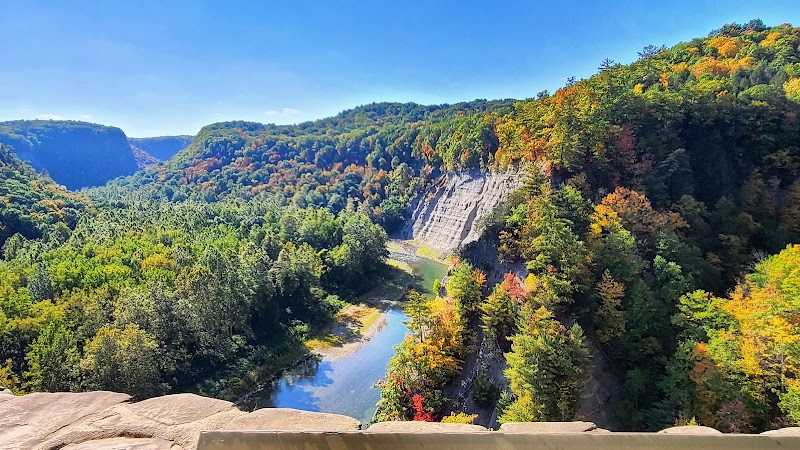
Hunt State Forest Adventures
Hunt State Forest near Hunt, New York, offers a peaceful expanse of northern hardwood forest with opportunities for hiking, hunting, and wildlife observation amid vibrant seasonal landscapes.
About Hunt State Forest

Hunt State Forest encompasses approximately 3,272 acres of predominantly northern hardwoods and mixed forest located in Franklin County, near the hamlet of Hunt in northern New York. The landscape is characterized by rolling hills, small wetlands, and several small streams that contribute to the Raquette River watershed. The forest supports a diverse ecology including mature sugar maple, American beech, yellow birch, and pockets of spruce-fir. It provides valuable habitat for white-tailed deer, black bear, wild turkey, and many songbird species, making it popular with hunters and wildlife watchers. Established in the mid-20th century through state land purchases and reforestation efforts, the forest was created to serve both wildlife management needs and outdoor recreation for residents of the Adirondack region. The forest has a network of old logging roads and foot trails used for hiking and snowshoeing, and during hunting seasons, it is actively managed to sustain healthy game populations. Willard Brook and Church Pond are notable water features within the forest offering fishing opportunities for brook trout and other native fish. The area’s relatively low elevation (1,200–1,600 feet) and northerly location result in distinct seasonal changes, drawing visitors for fall foliage viewing and winter snow sports. Its proximity to the Adirondack Park’s core makes Hunt State Forest an accessible destination for those wanting a quieter experience in a protected forest setting.
Highlights
Church Pond – a serene fishing and wildlife viewing spot
Mature northern hardwood stands with impressive fall colors
Tranquil backroads and old logging trails ideal for hiking
Winter snowshoeing and cross-country skiing opportunities
Notable Natural Features
Church Pond
A quiet, shallow pond supporting brook trout and serving as a focal point for birdwatchers and anglers.
Hunt Lookout Ridge
An elevated ridge offering elevated views of the surrounding forest and fall foliage.
Seasonal Vernal Pools
Important breeding habitat for amphibians including wood frogs and spotted salamanders.
